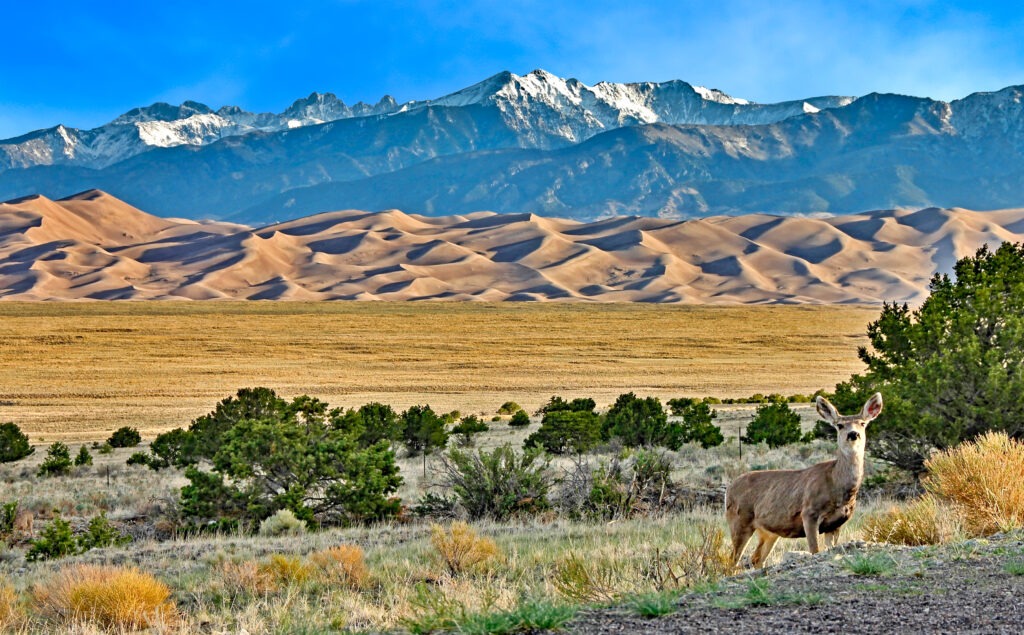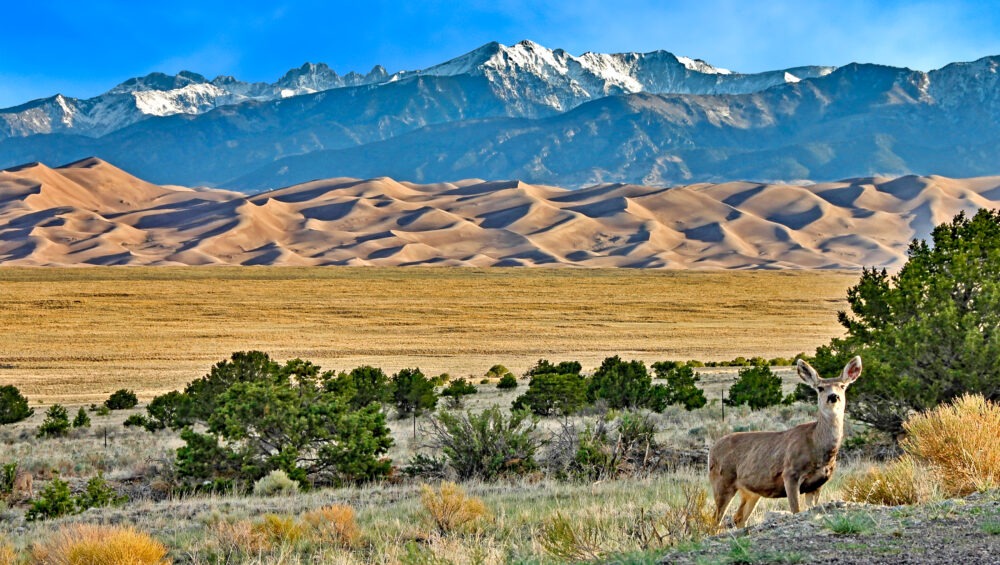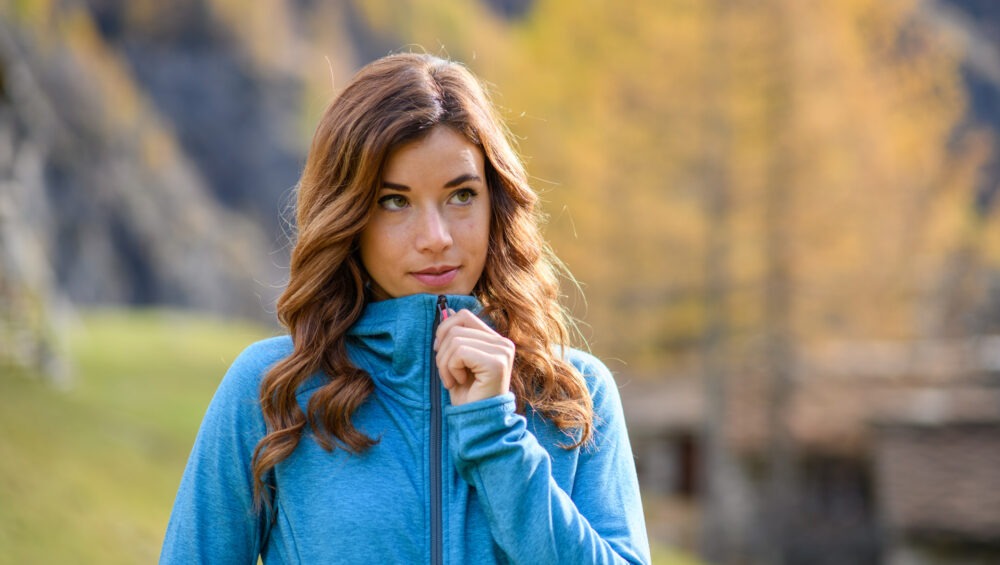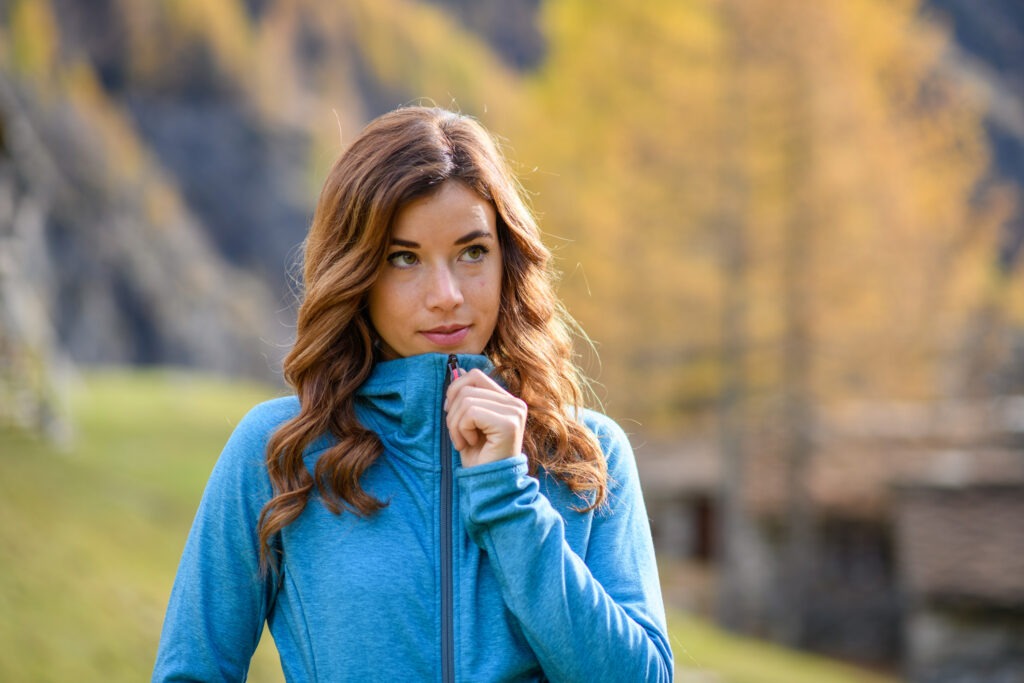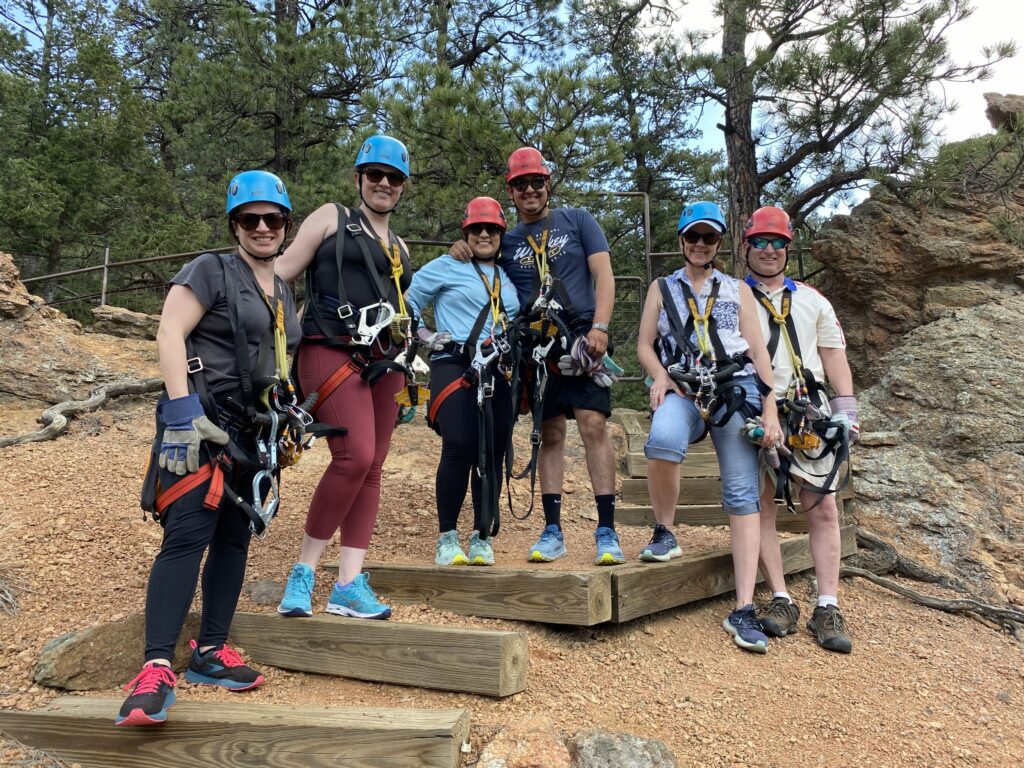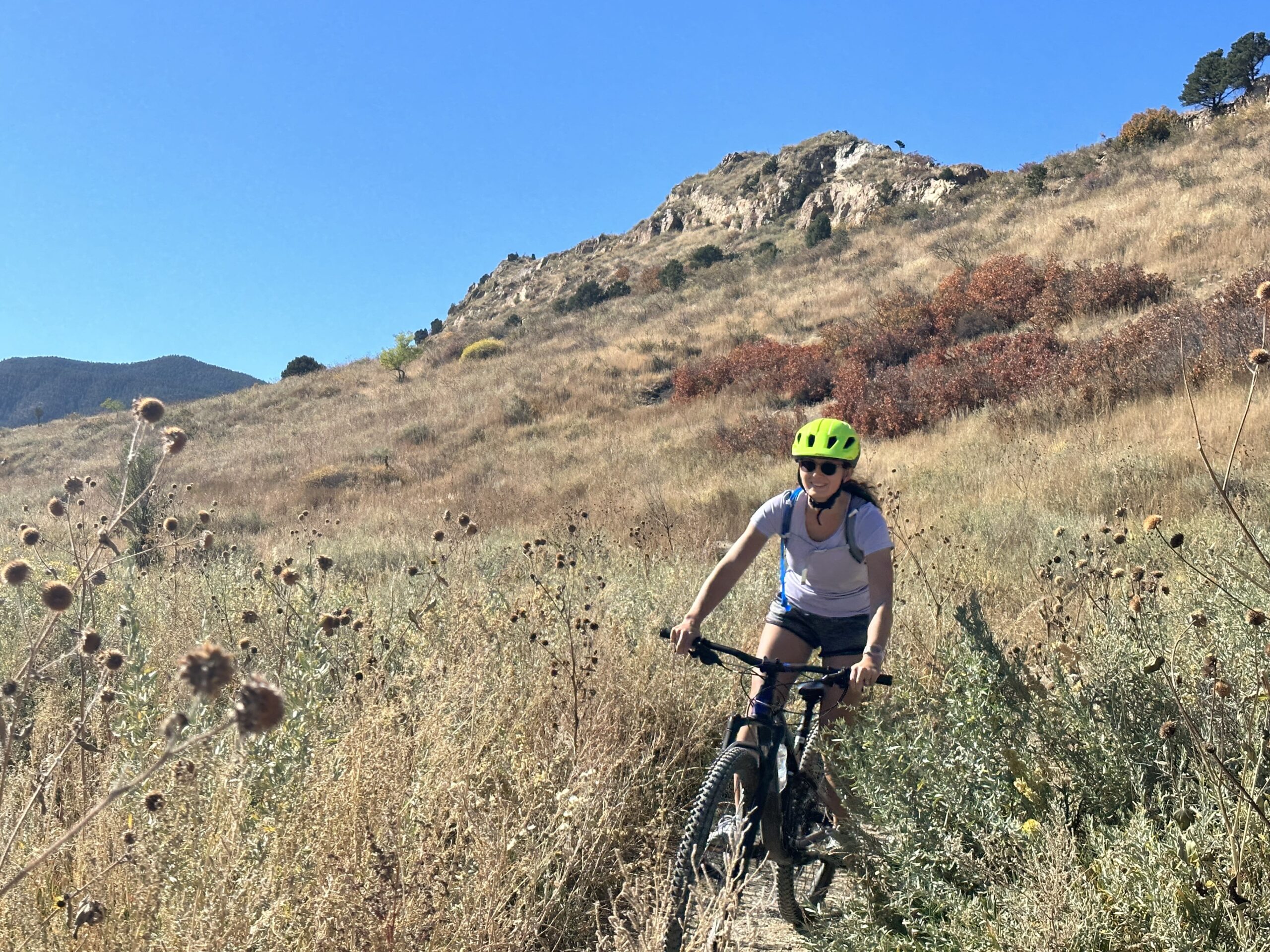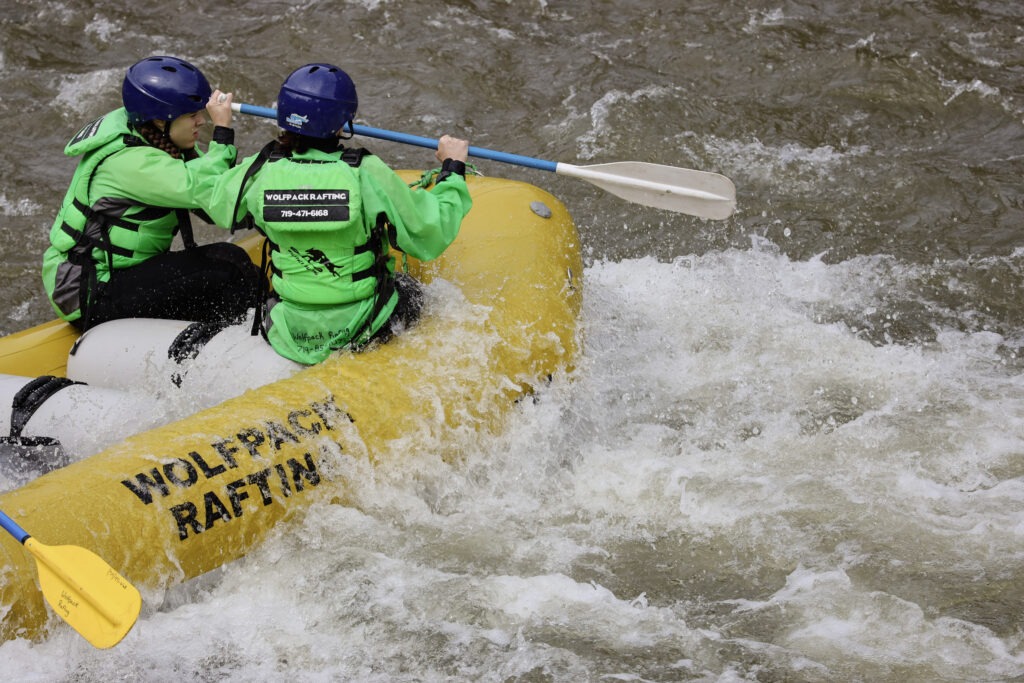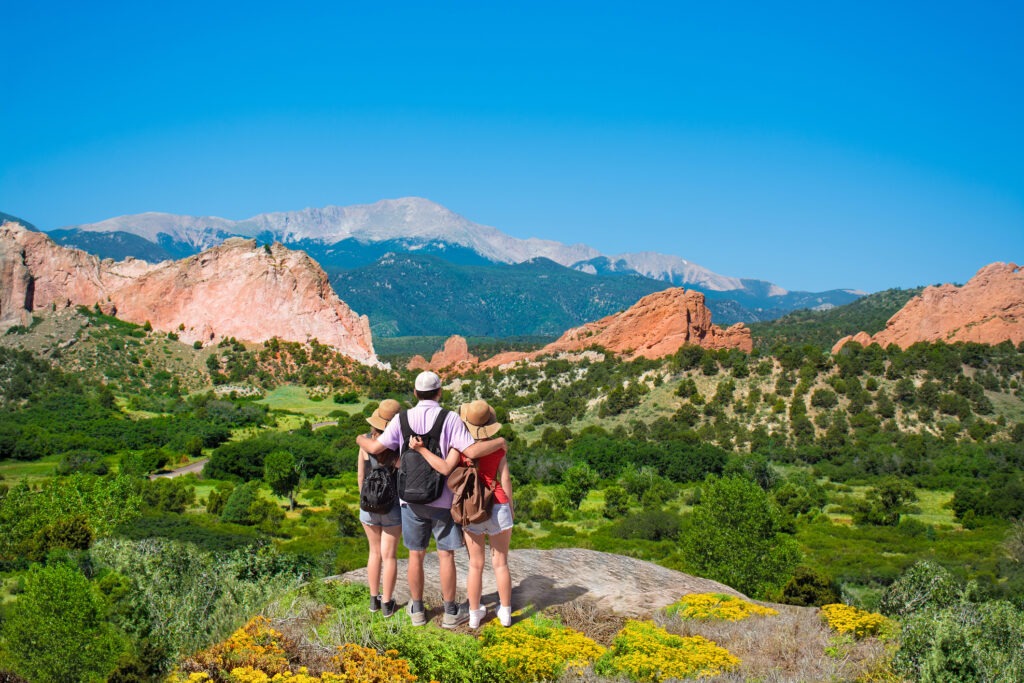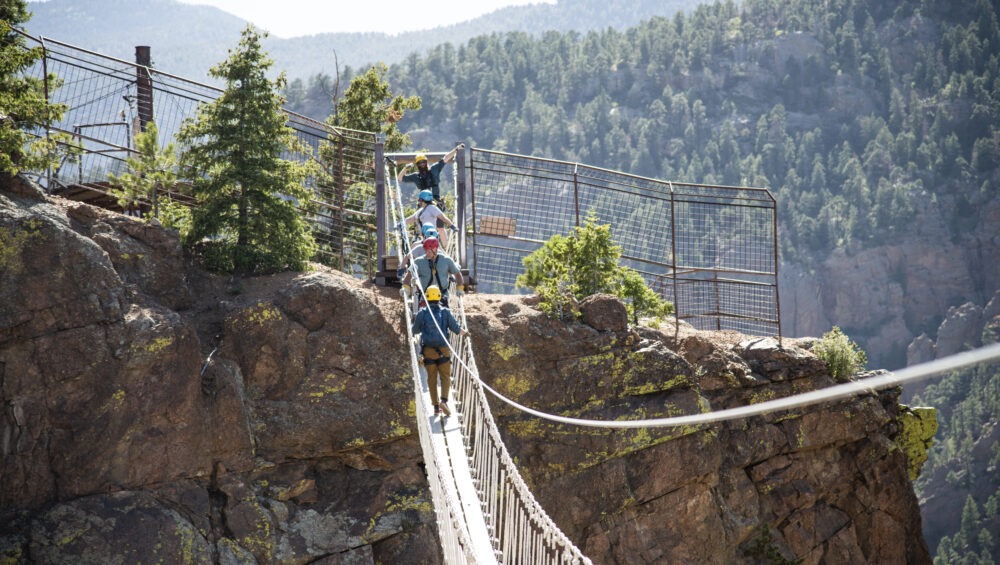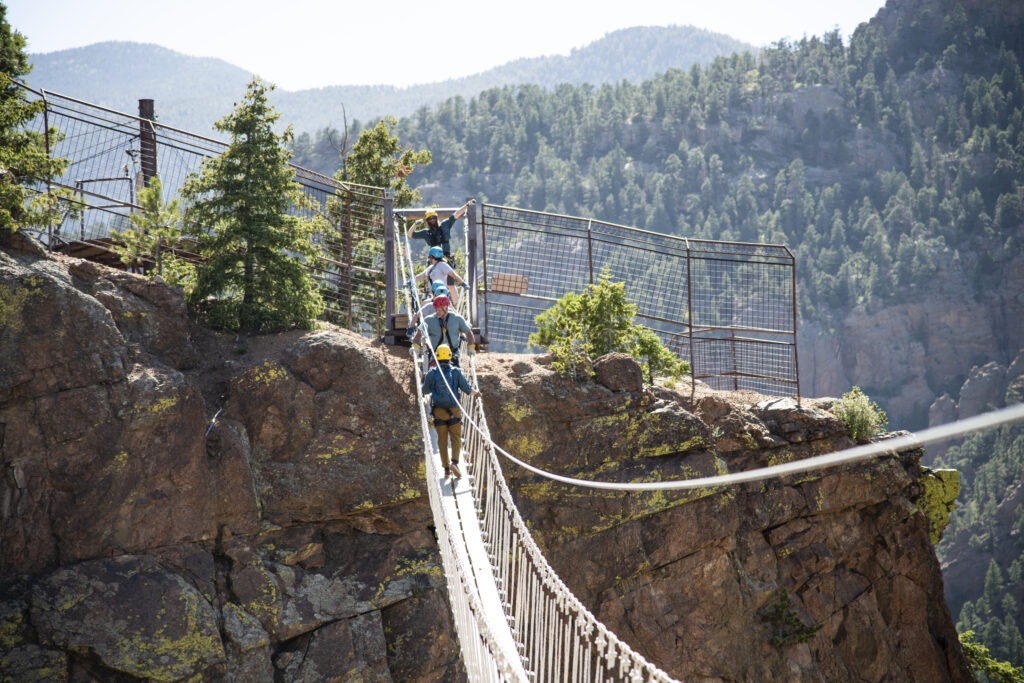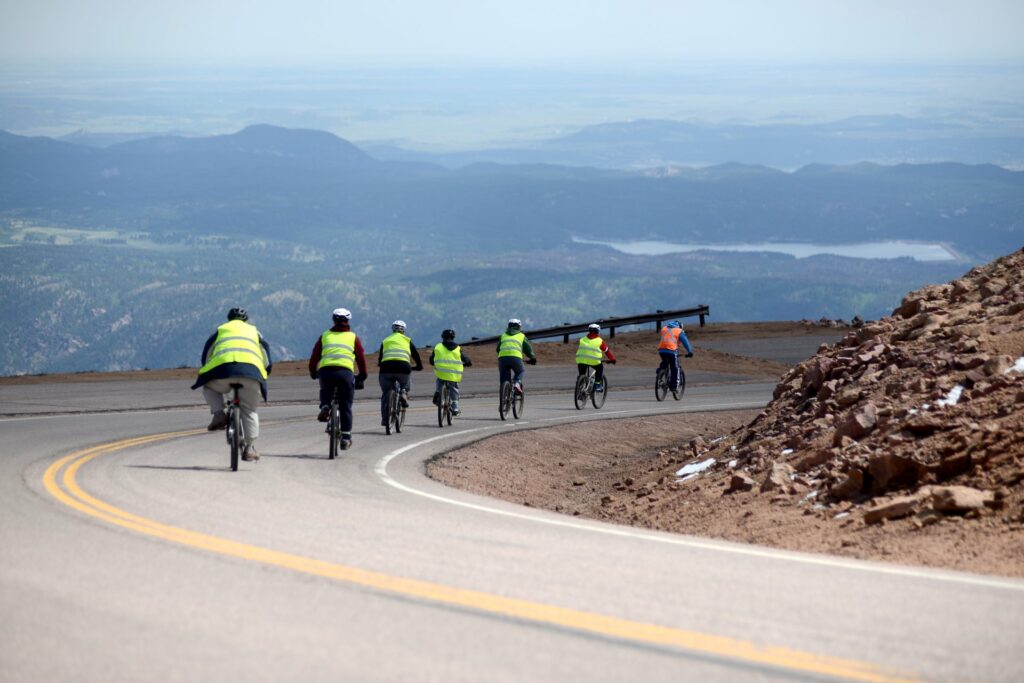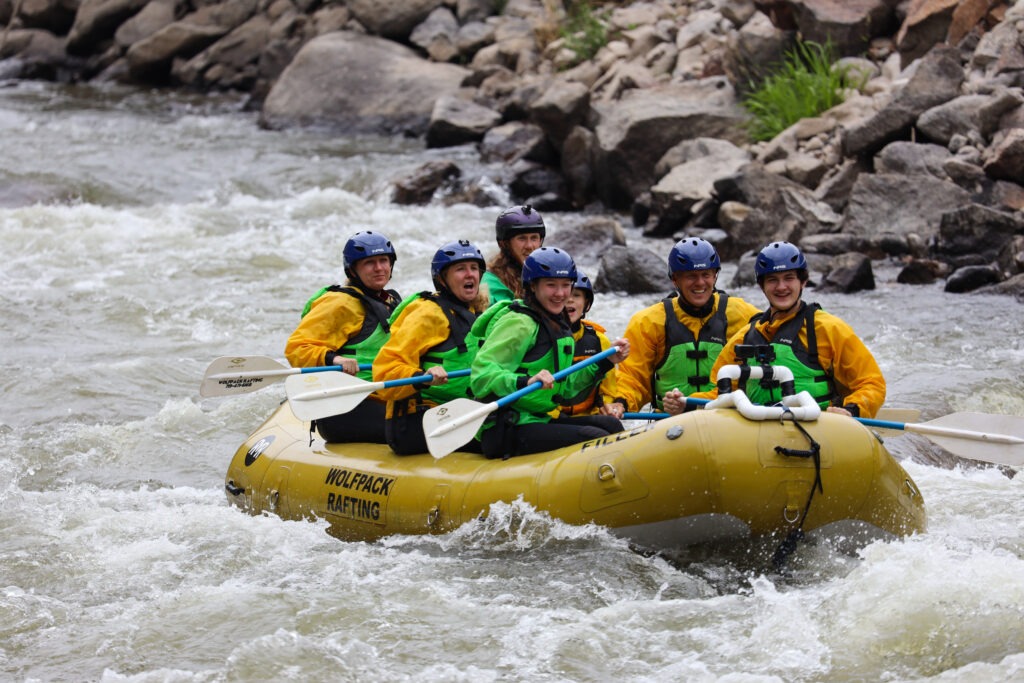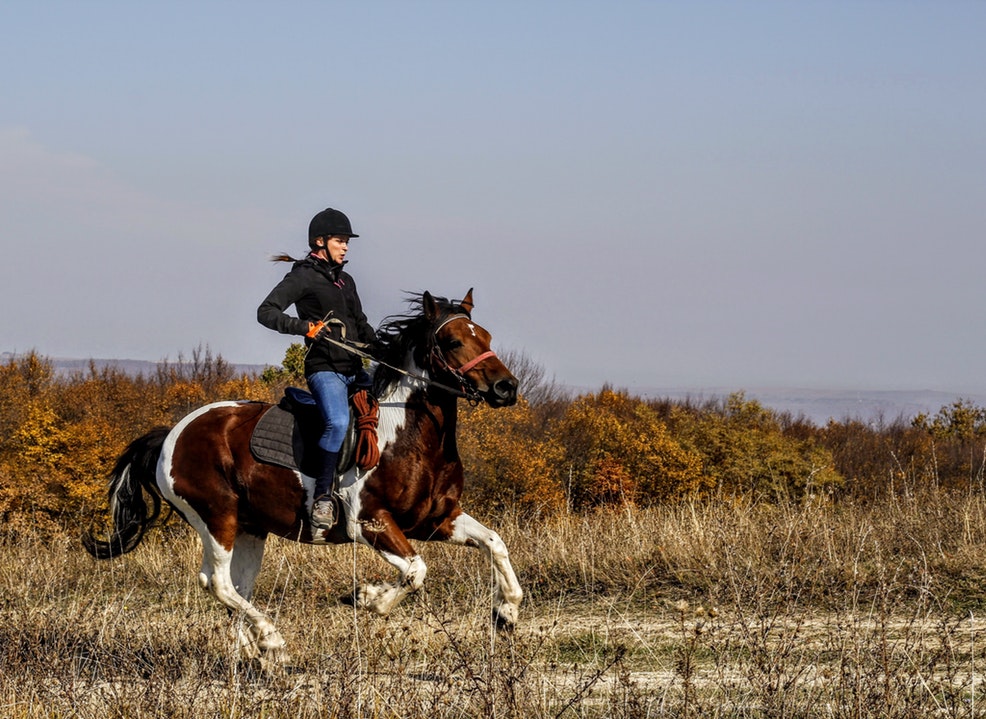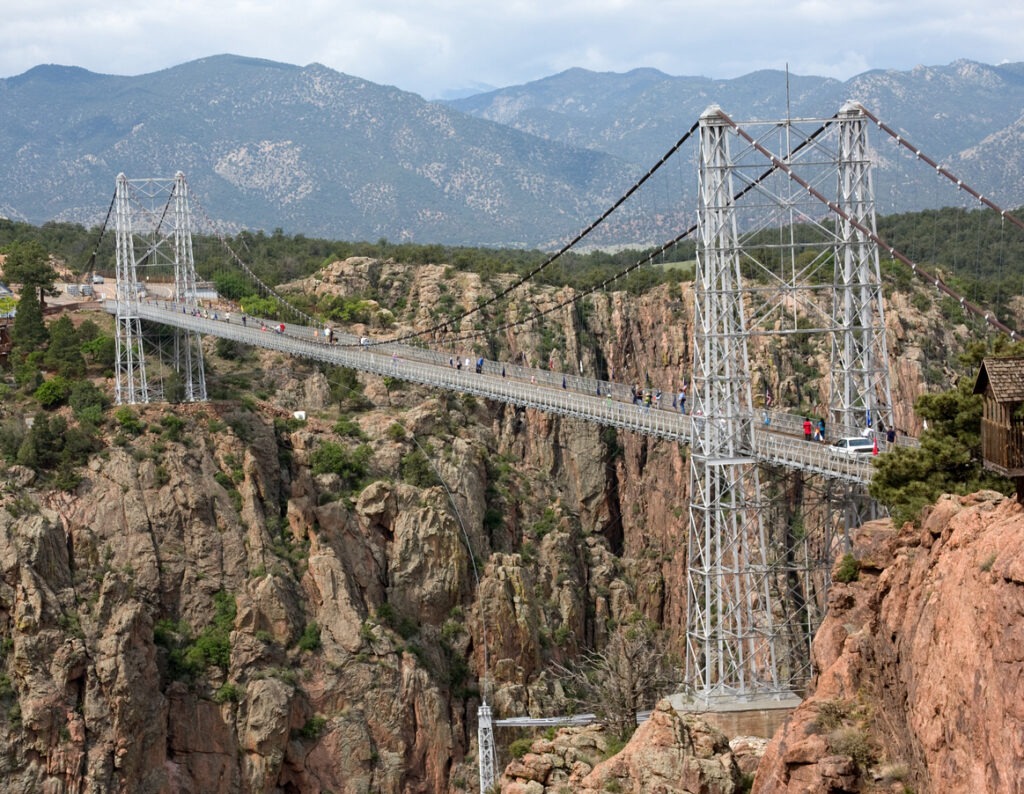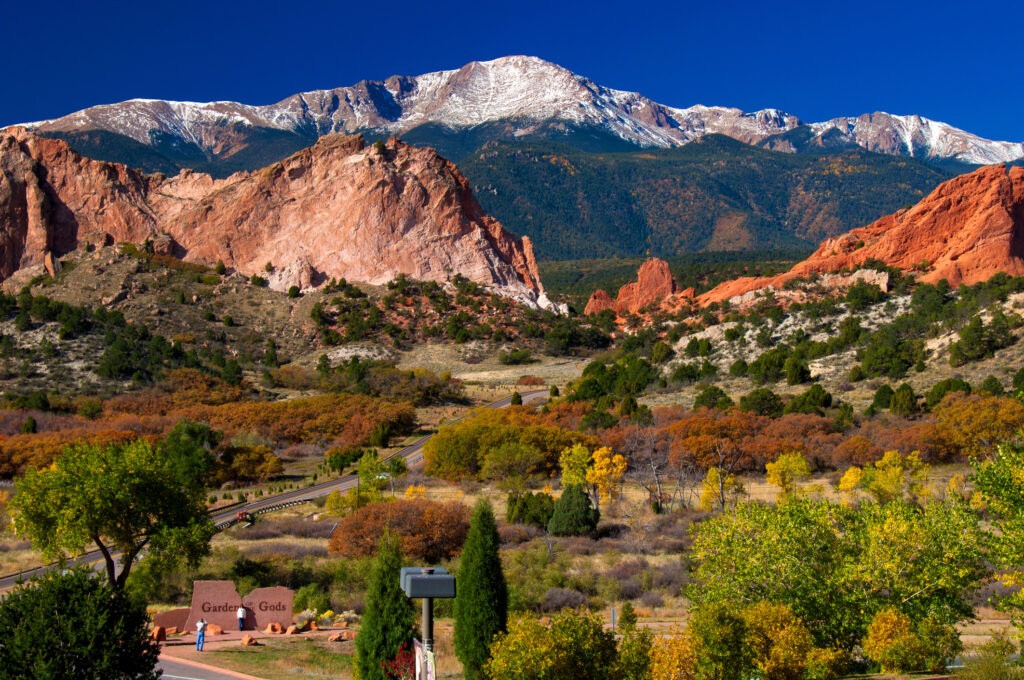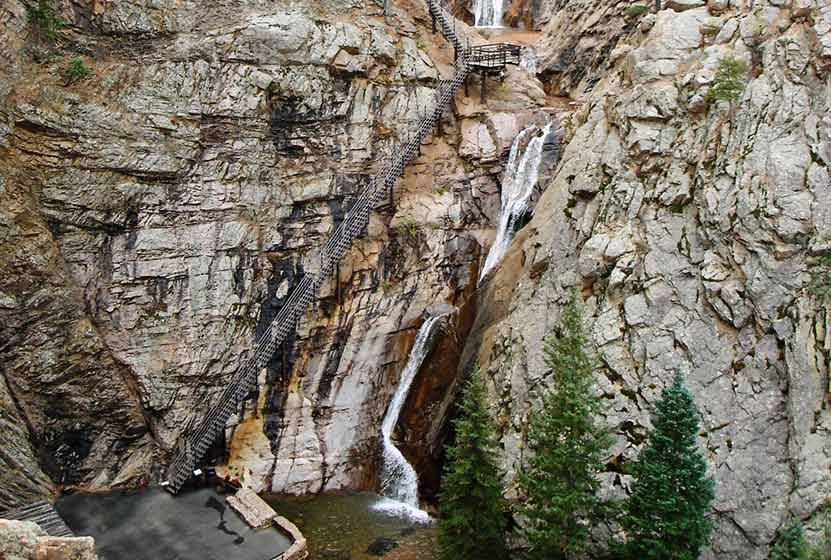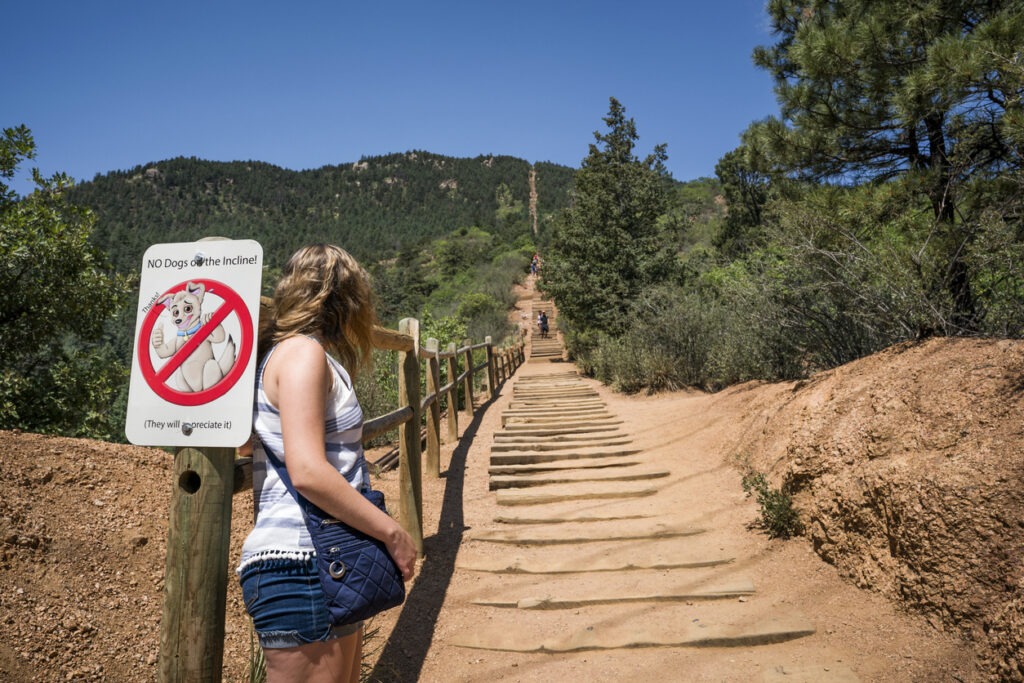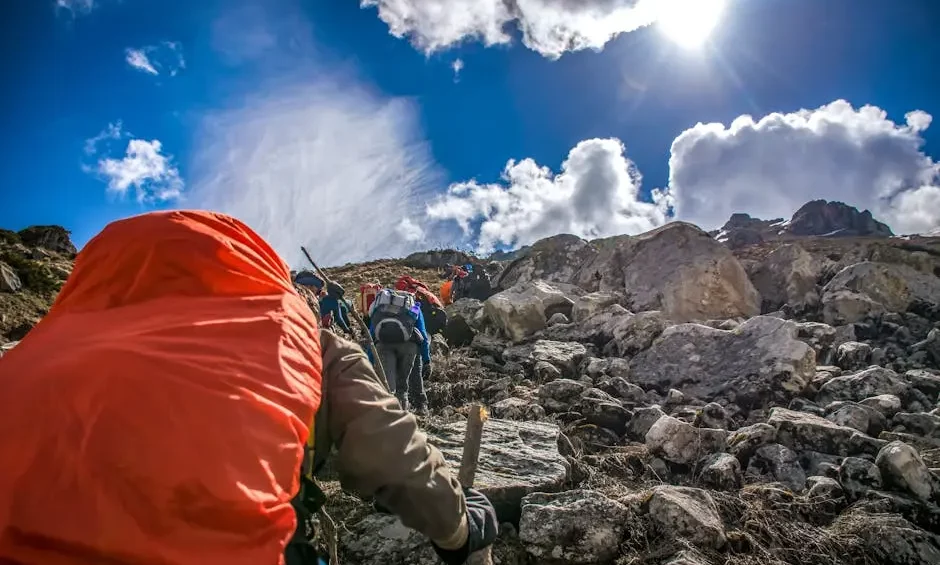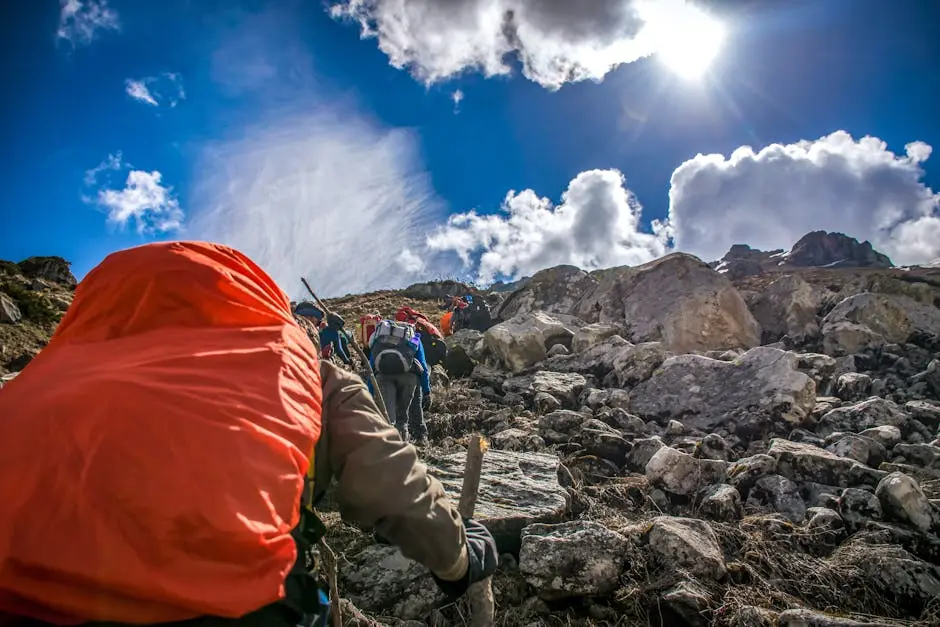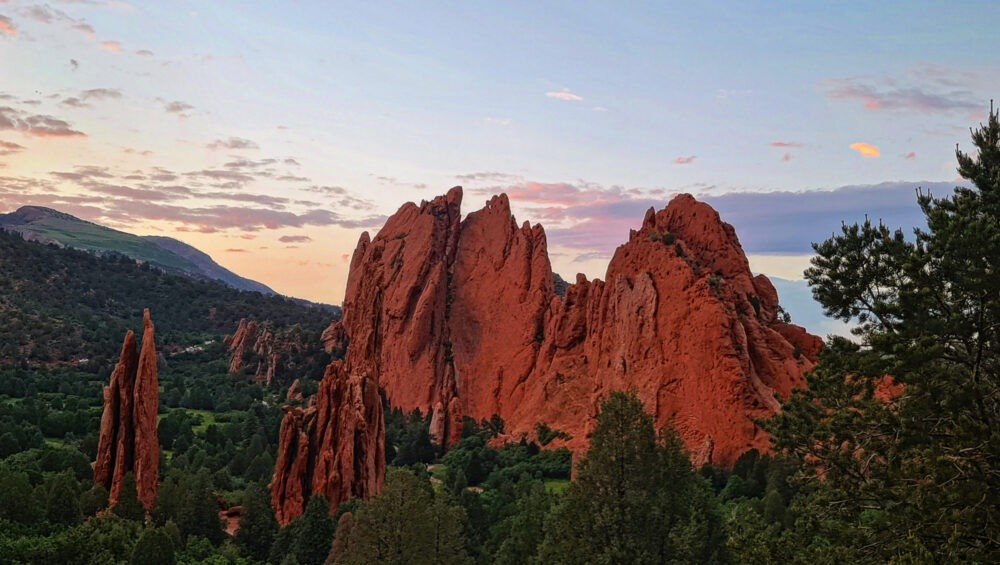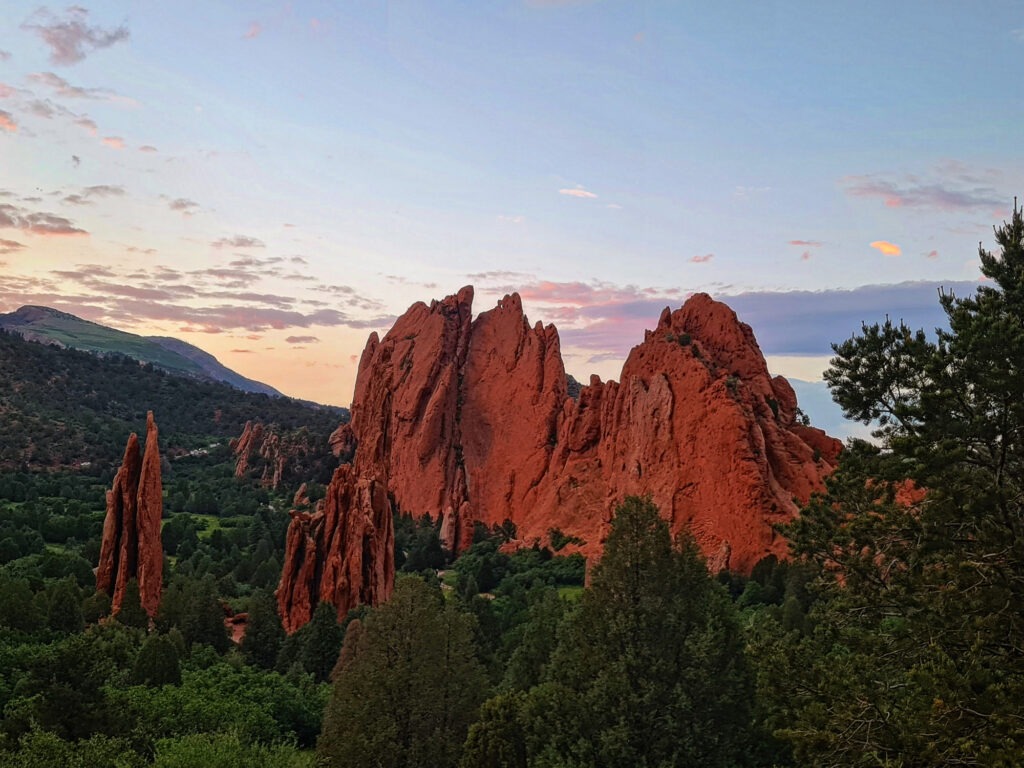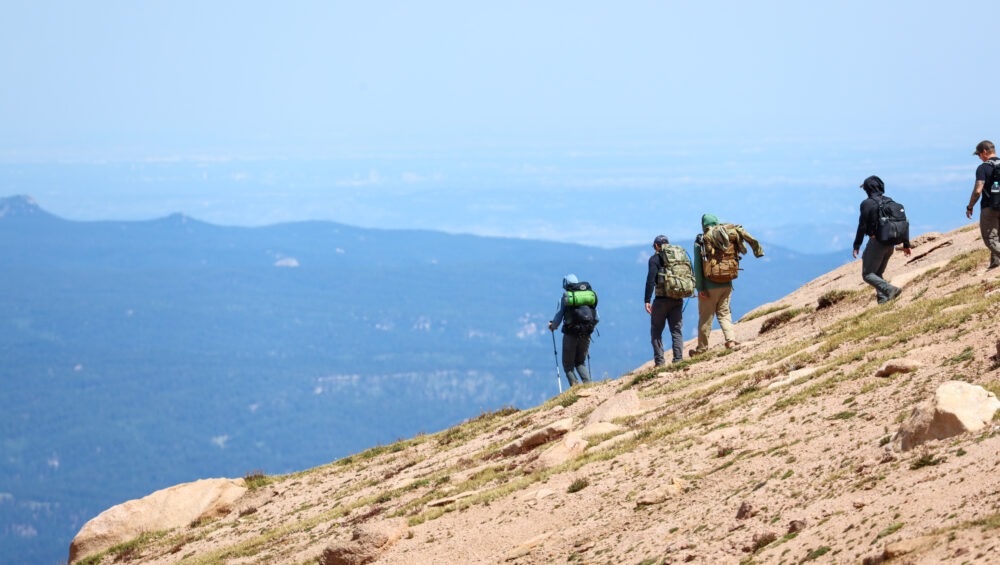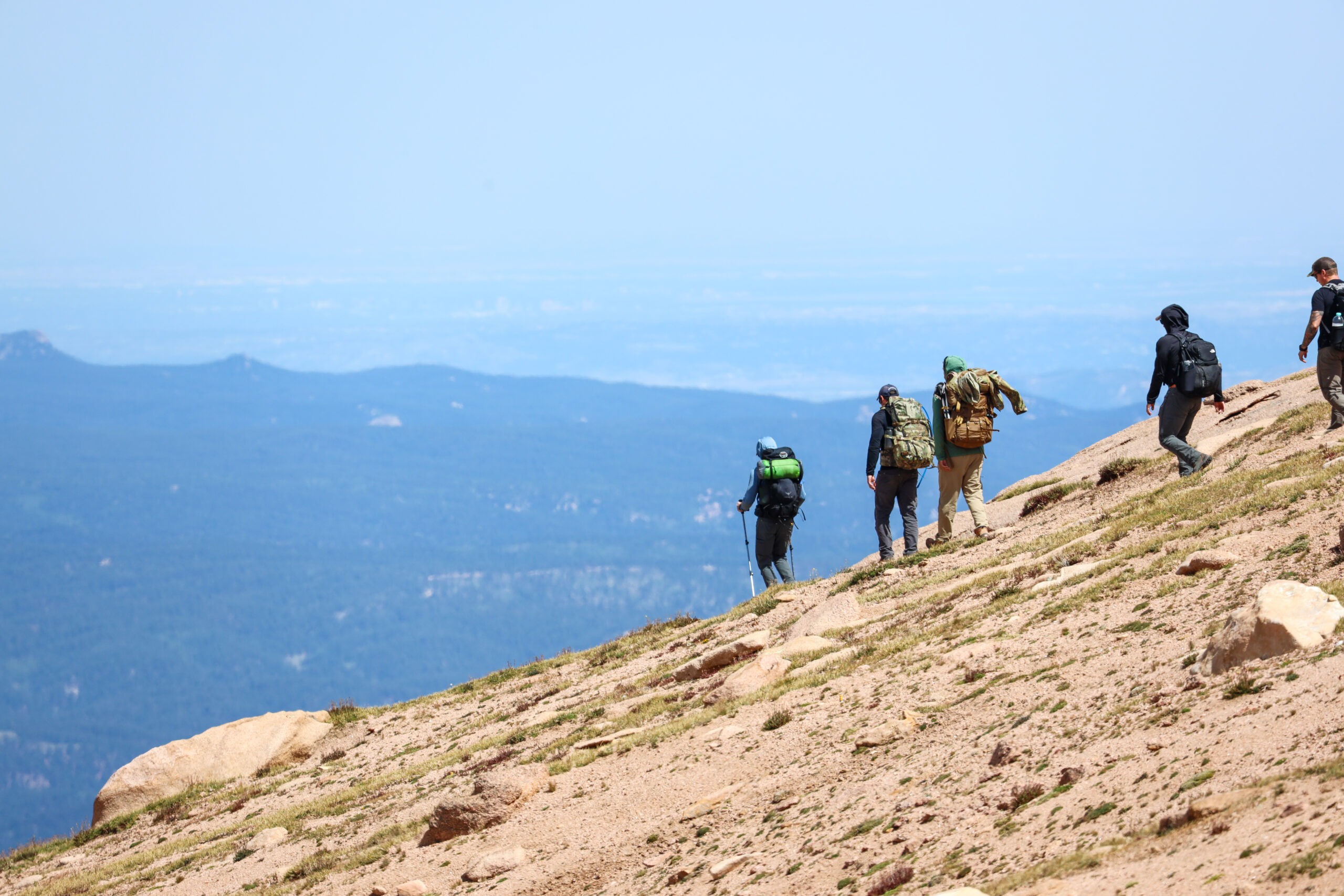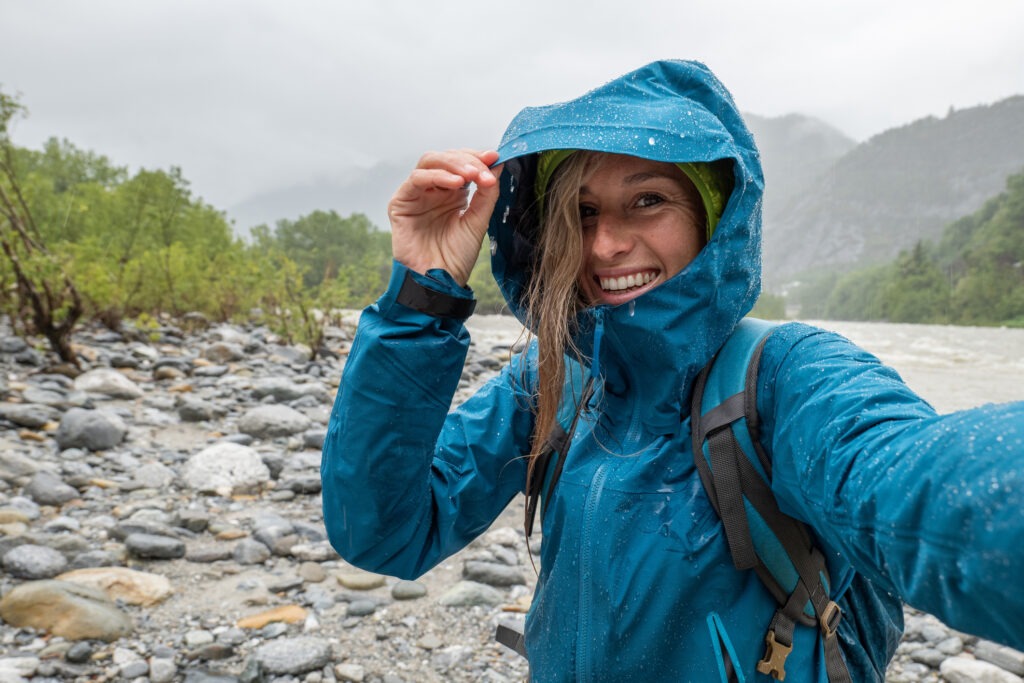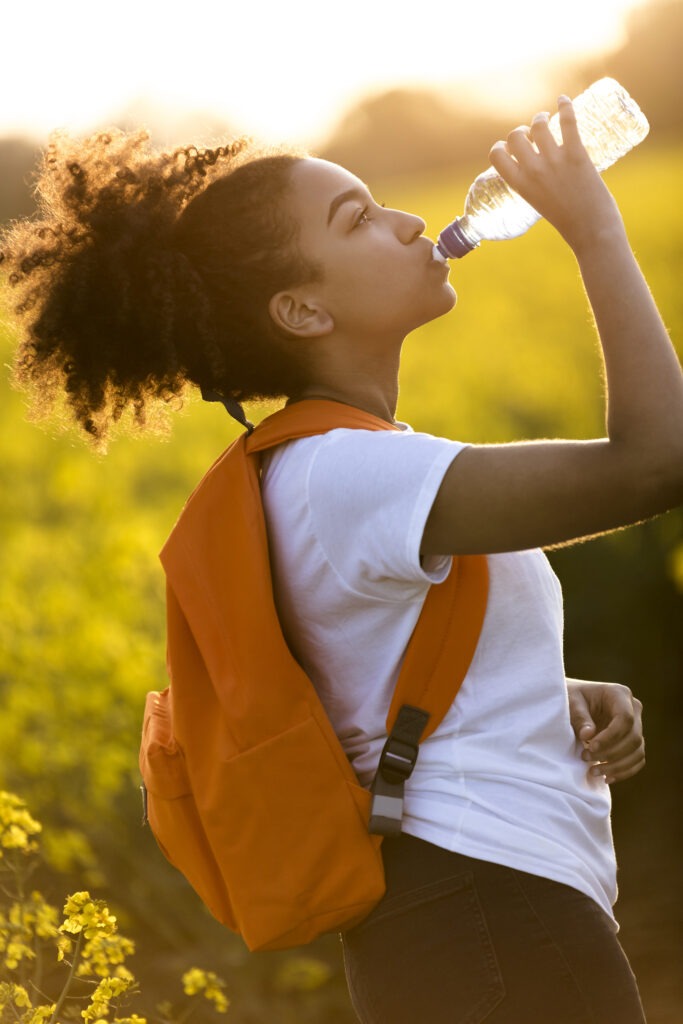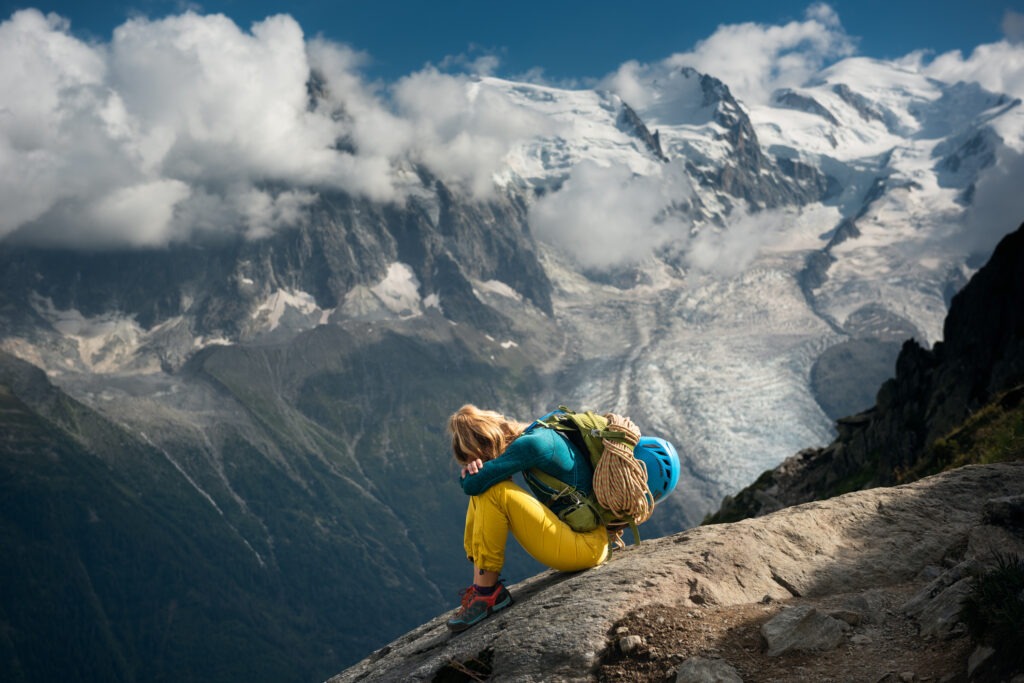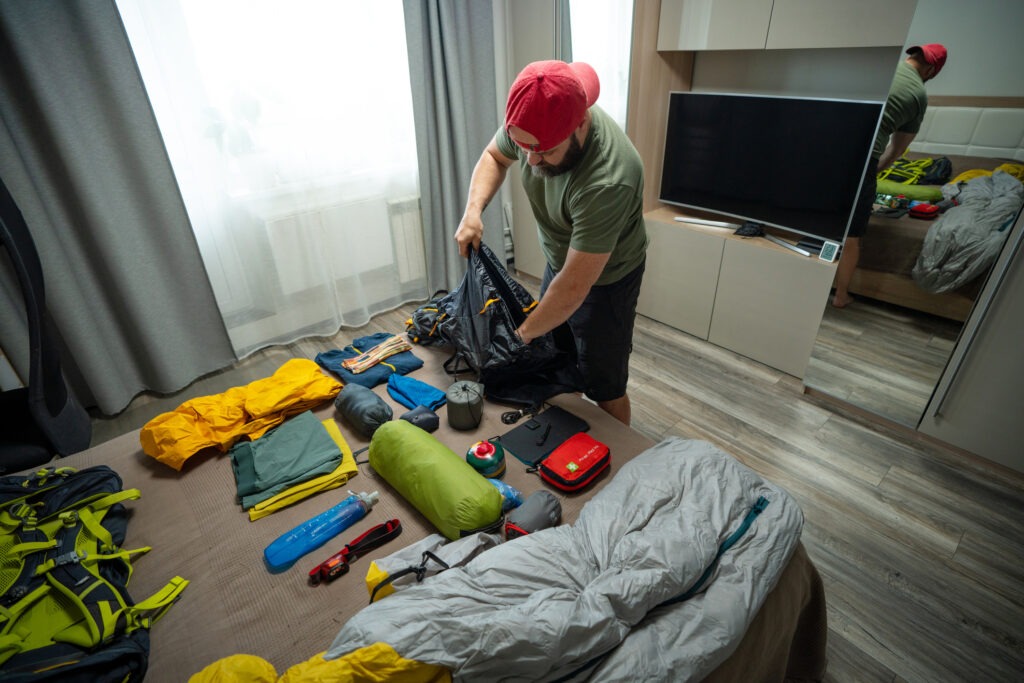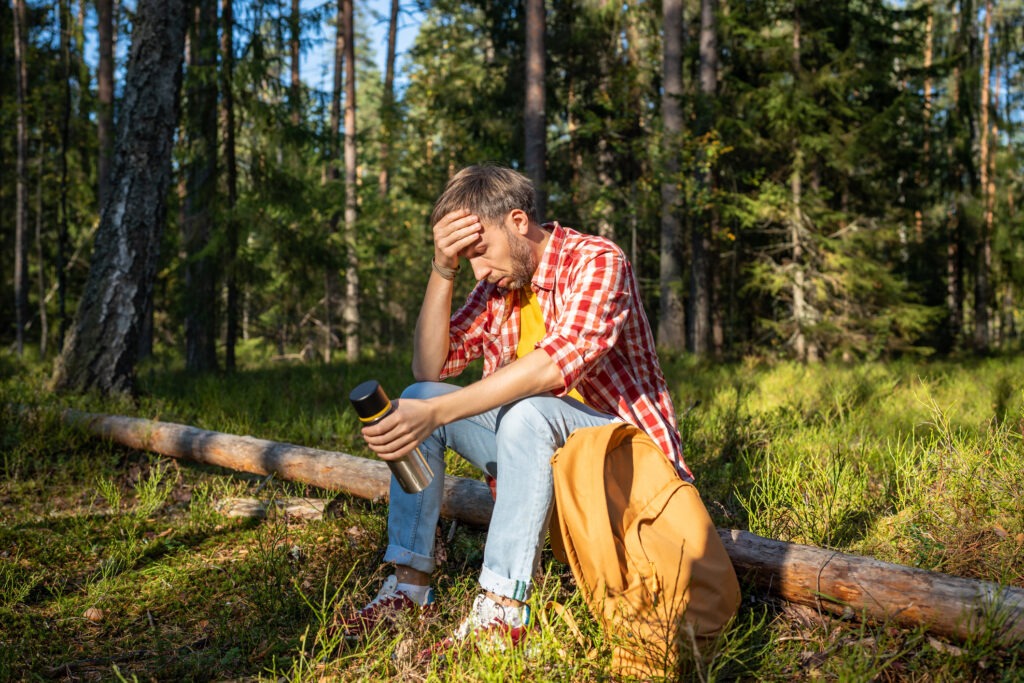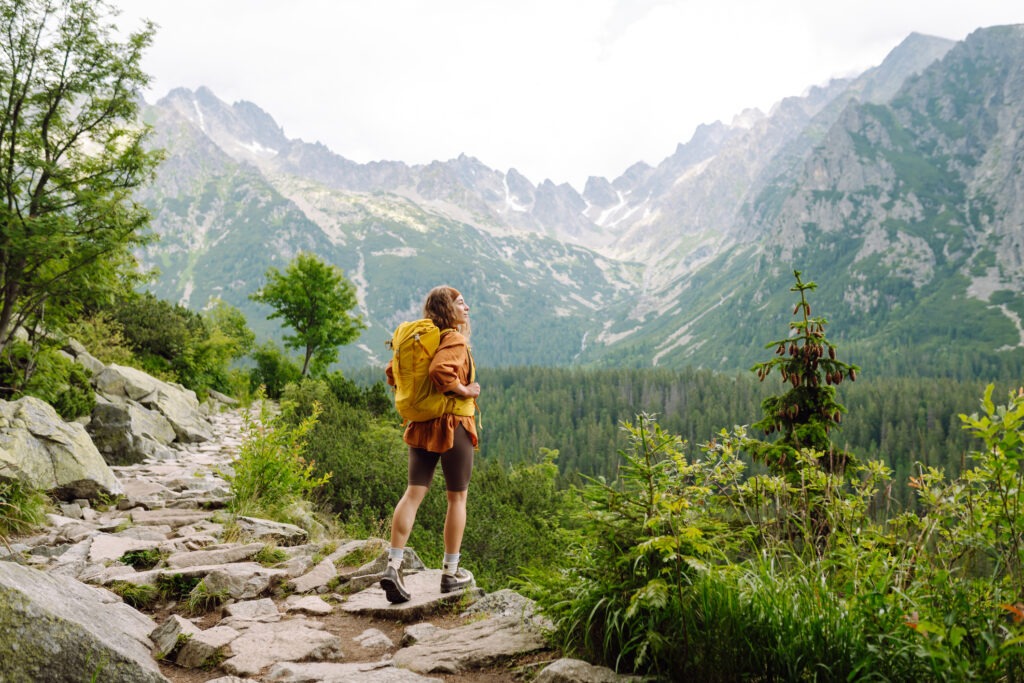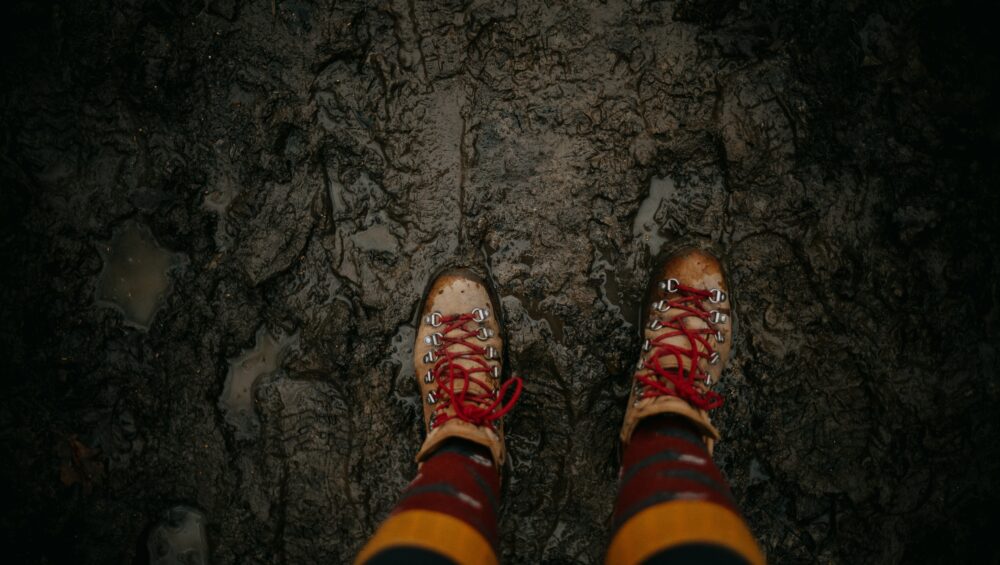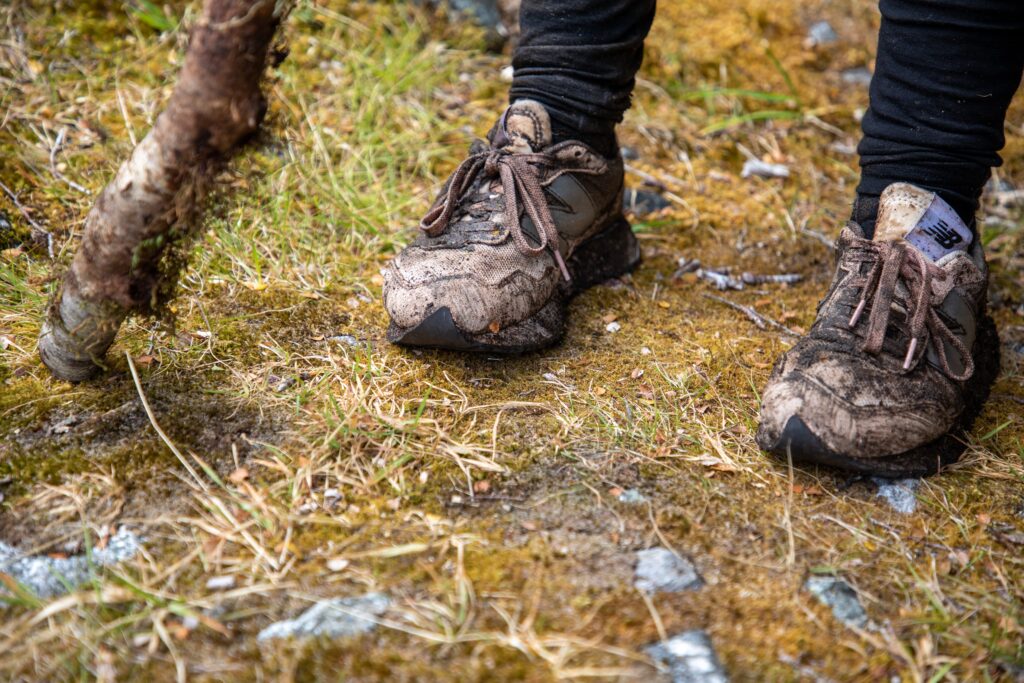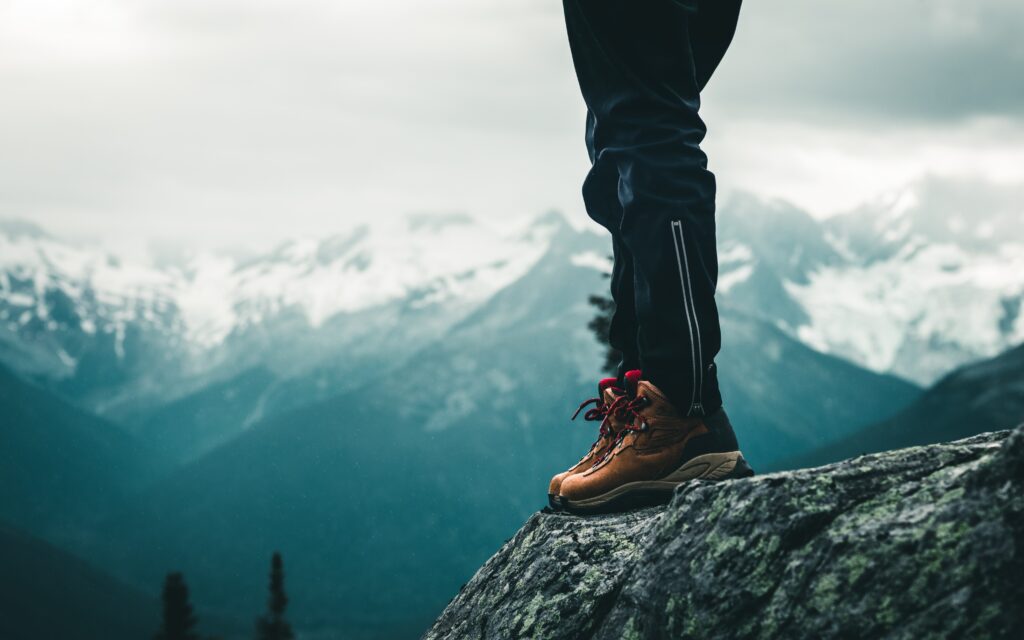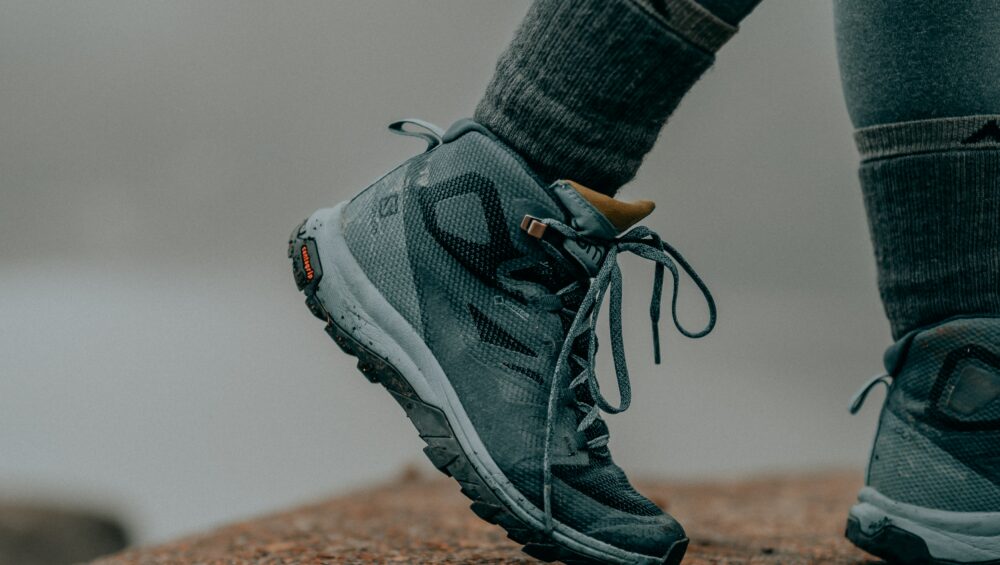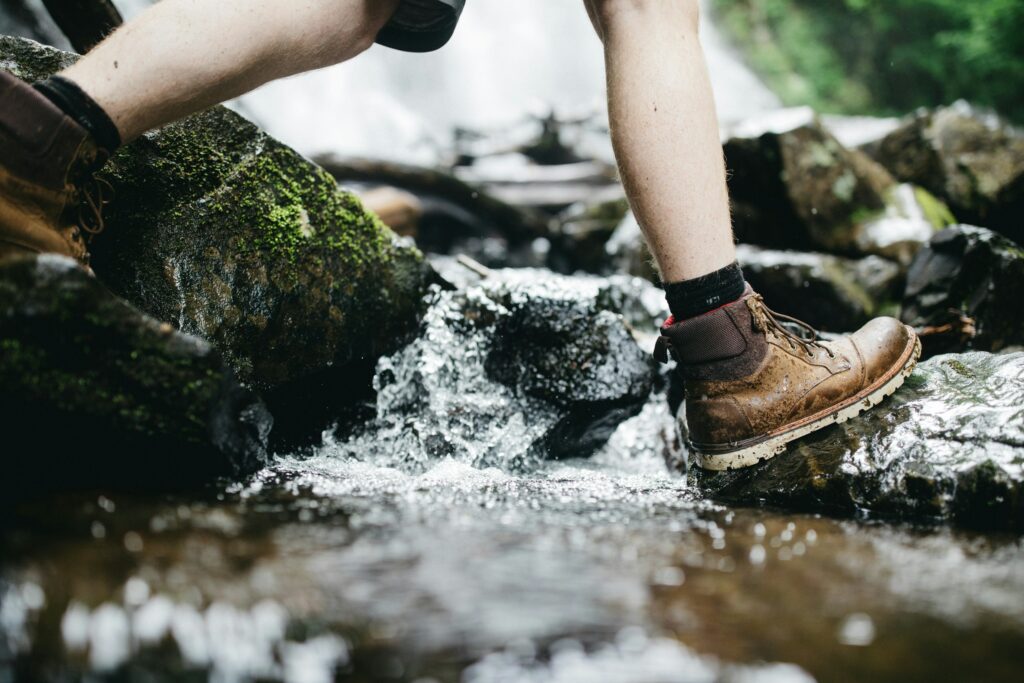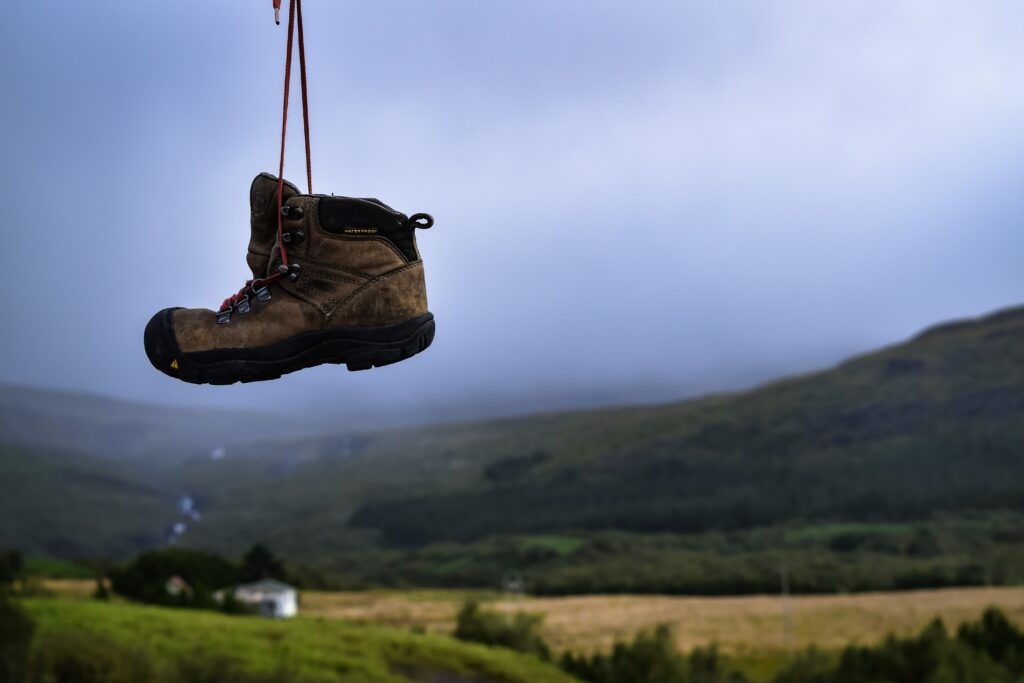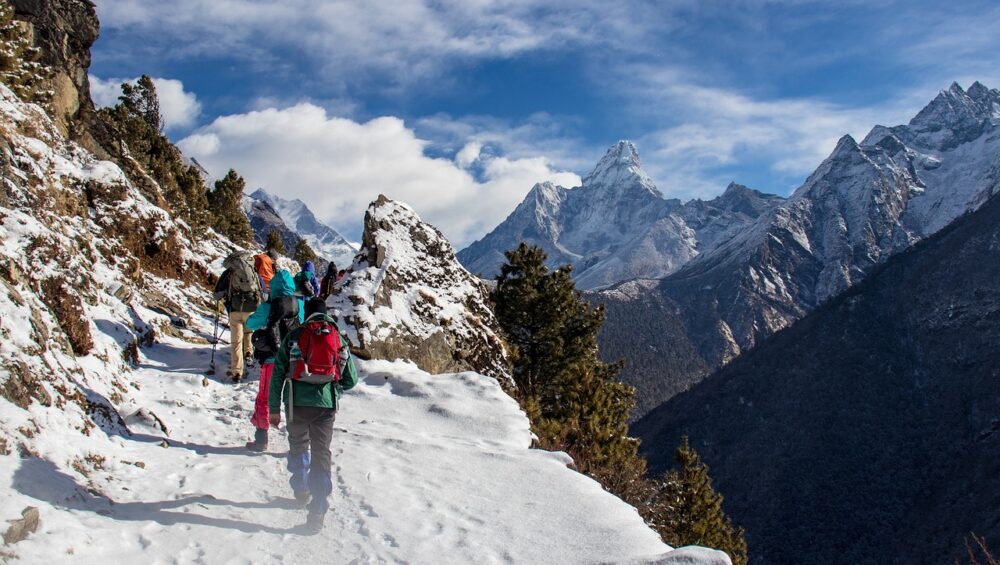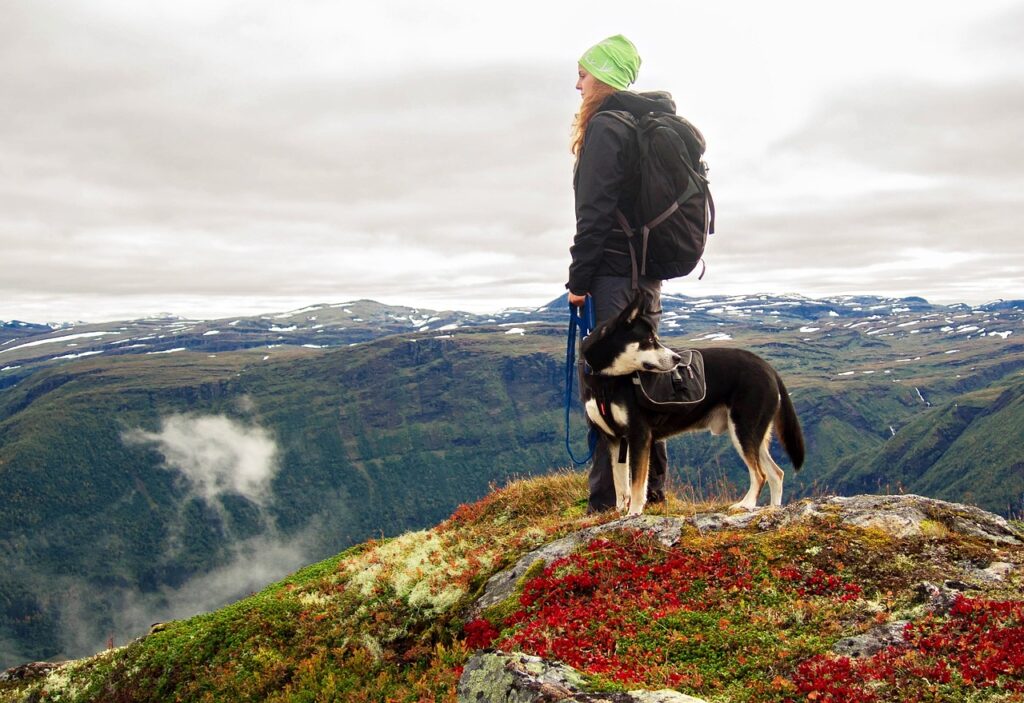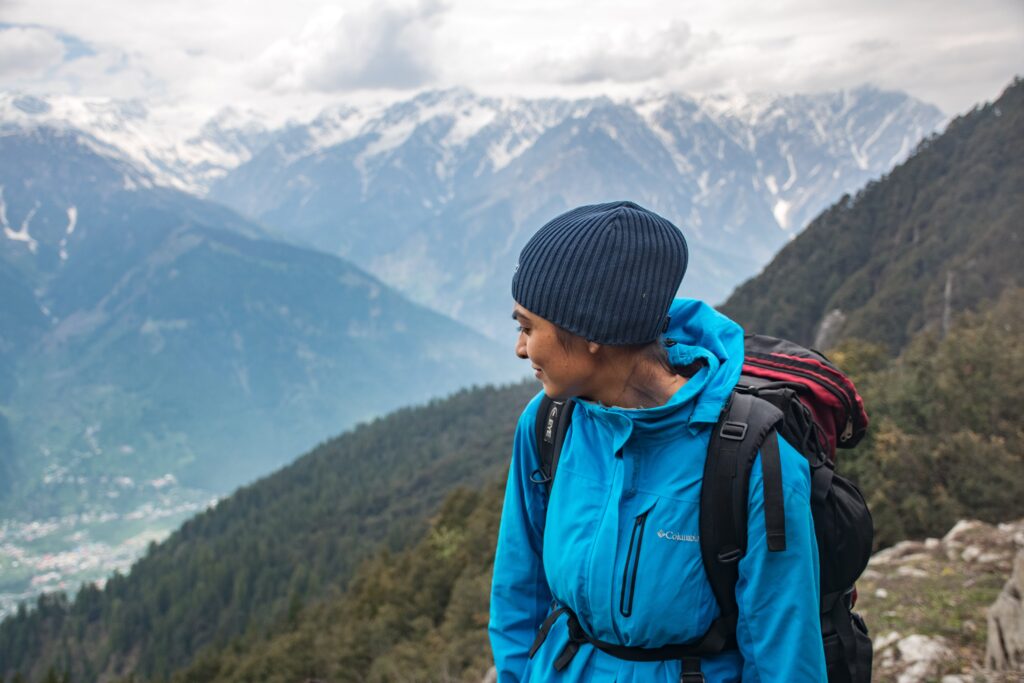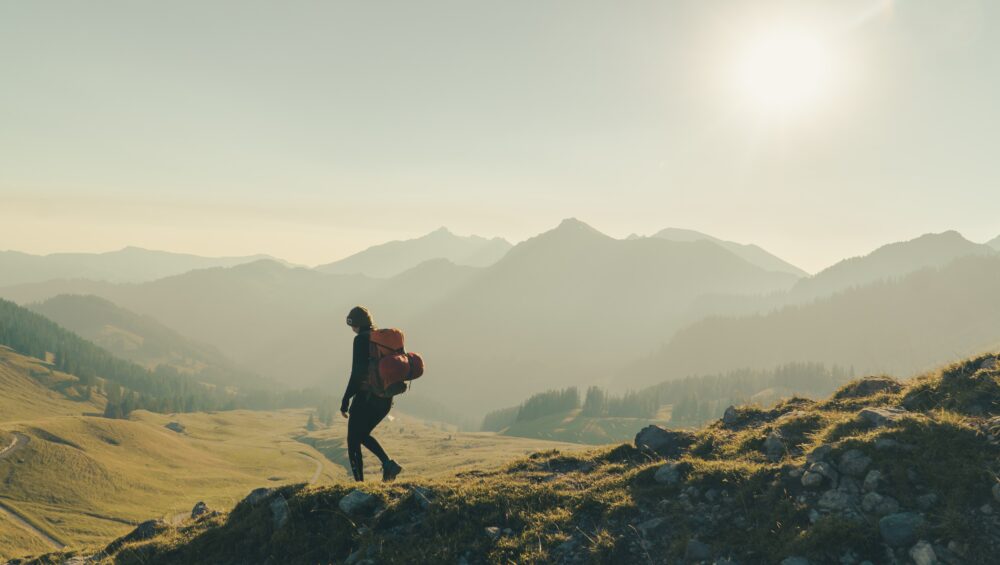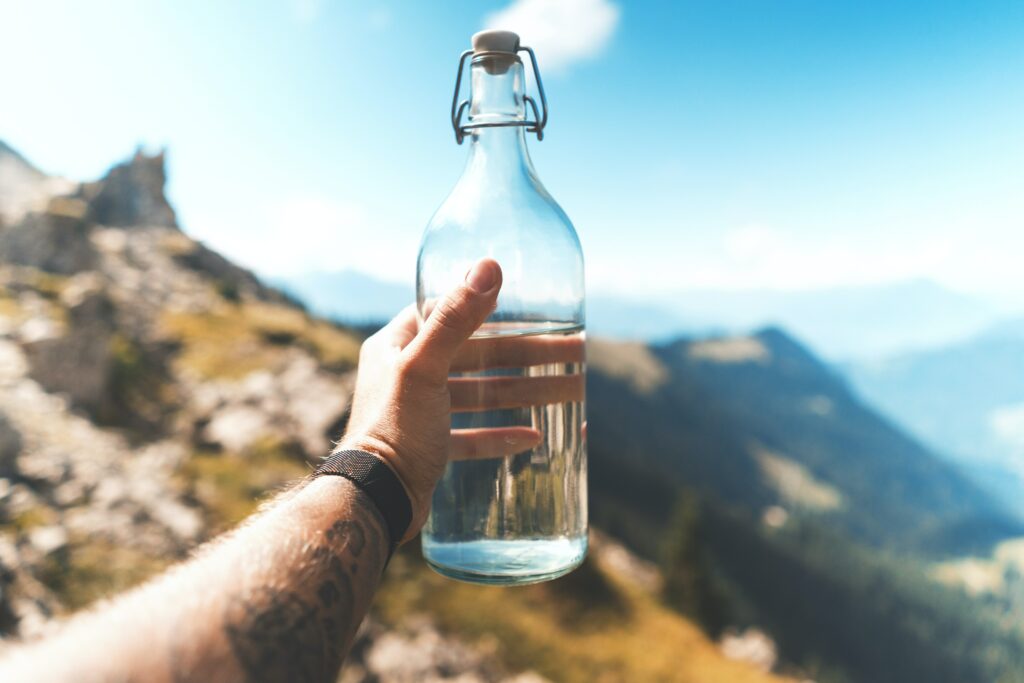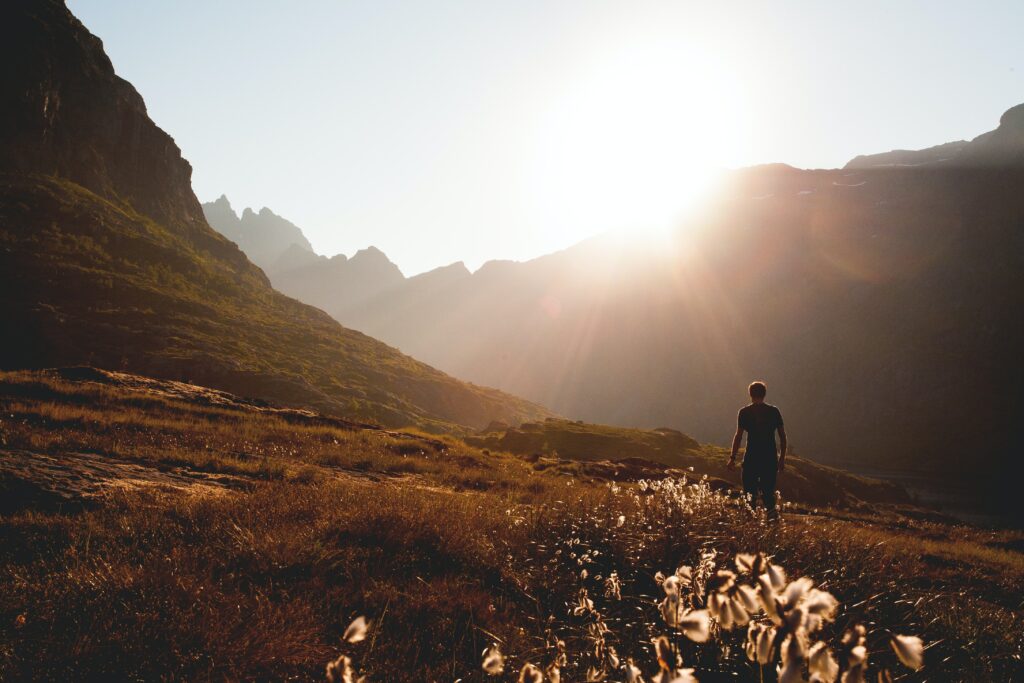Tucked away in southern Colorado, Great Sand Dunes National Park is a place of surreal beauty and thrilling adventure. Home to the tallest sand dunes in North America, this incredible landscape offers visitors a one-of-a-kind experience where towering dunes meet rugged mountains, alpine lakes, and cascading waterfalls.
Whether you’re looking to sandboard down massive dunes, hike through diverse landscapes, or stargaze under some of the darkest skies in the country, Great Sand Dunes National Park is a must-visit for adventure seekers and nature lovers alike. Here’s everything you need to know to make the most of your trip.
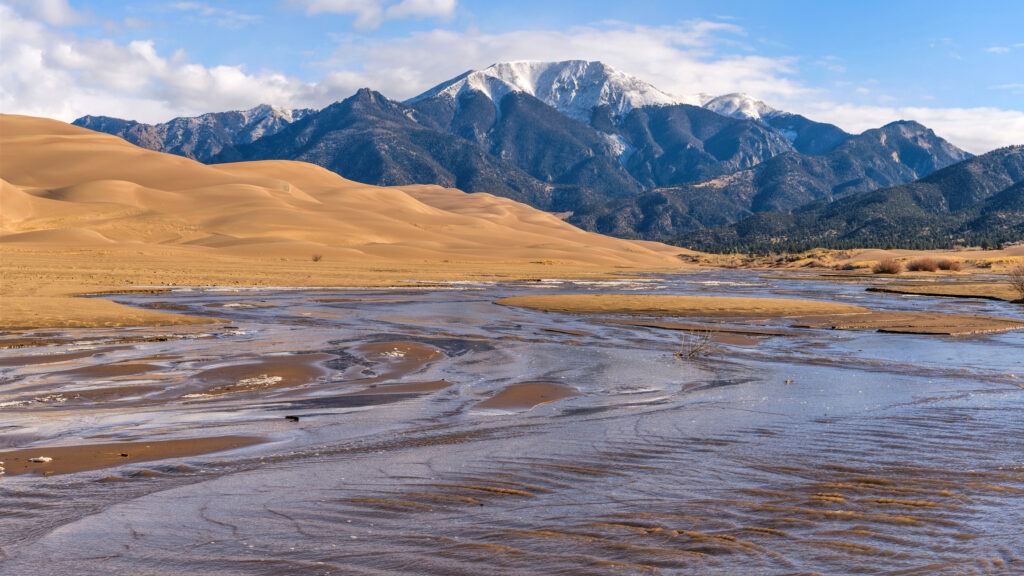
Getting to Great Sand Dunes National Park
Location
Great Sand Dunes National Park is located in southern Colorado, about 2.5 hours from Colorado Springs and 4 hours from Denver. The park is easily accessible by car, with well-maintained roads leading to the main entrance.
Best Time to Visit
- Spring (April–June): The best time to visit if you want to see Medano Creek, a seasonal stream that creates a beach-like oasis at the base of the dunes.
- Summer (July–August): Expect hot daytime temperatures on the sand but incredible opportunities for nighttime stargazing.
- Fall (September–October): Cooler weather and fewer crowds make this a fantastic time for hiking and exploring.
- Winter (November–March): A quieter, more peaceful experience, with the chance to see snow-capped dunes.
Top Things to Do at Great Sand Dunes National Park
1. Sandboarding & Sand Sledding
One of the most exciting ways to experience the dunes is by sandboarding or sand sledding. Similar to snowboarding, this activity lets you ride down the sandy slopes for an adrenaline rush like no other.
💲 Where to rent gear: You can’t rent boards inside the park, but several local outfitters, like Oasis Store, offer rentals just outside the entrance.
🛷 Best dunes for sandboarding: The first ridges near the main parking area are ideal for beginners, while High Dune and Star Dune offer thrilling rides for the more adventurous.
👉 Pro tip: Sand can get extremely hot in the summer—go early in the morning or in the evening for cooler temperatures. Don’t forget your water!
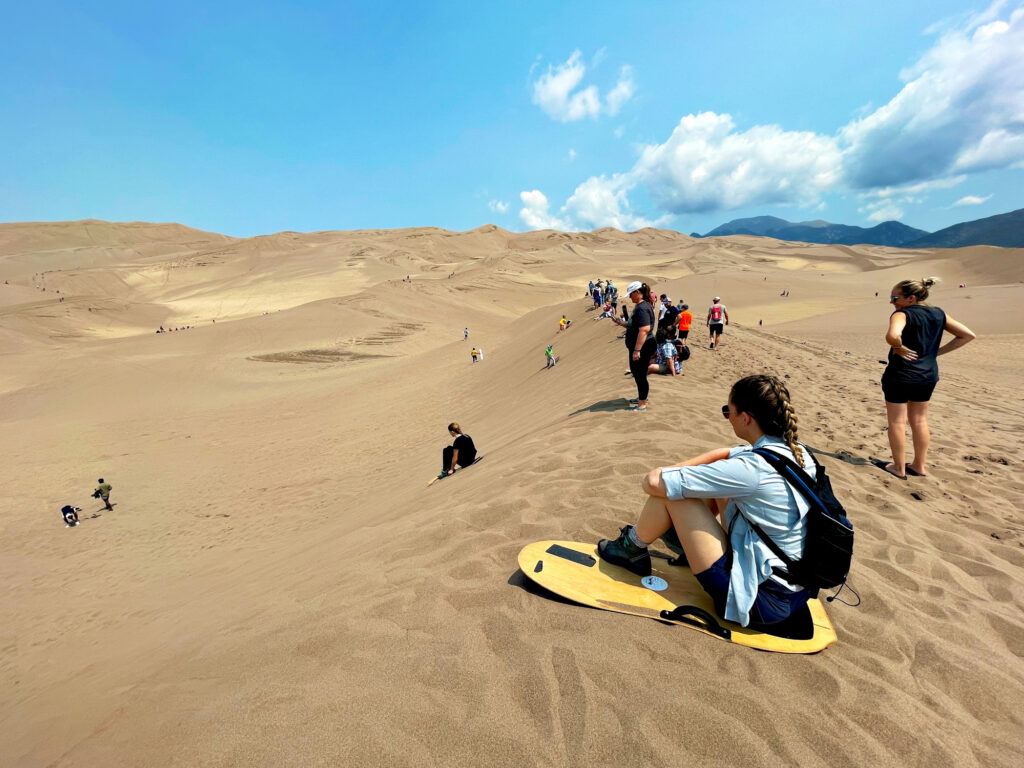
2. Hiking the Dunes
Unlike traditional trails, hiking at Great Sand Dunes means trekking up and down shifting sand. It’s tough, but the views from the top are worth it!
Best Dune Hikes:
- High Dune (2.5 miles round trip) – A challenging but rewarding hike to the top of a 699-foot dune.
- Star Dune (8 miles round trip) – The tallest dune in North America at 750 feet. Expect a strenuous trek with stunning panoramic views.
👉 Hiking Tips:
- Wear sturdy shoes (barefoot hiking can be too hot in summer).
- Start early in the morning or go at sunset to avoid the midday heat.
- Bring plenty of water—the sand reflects heat and can get extremely warm!
3. Medano Creek: The Park’s Natural Beach
One of the most unique features of Great Sand Dunes is Medano Creek, which flows seasonally at the base of the dunes in spring and early summer. This shallow, refreshing stream creates a perfect place to cool off, splash around, or even float on small inflatables.
👉 When to visit: Peak flow typically happens from late May to early June. By mid-summer, the creek begins to dry up. Be prepared for large crowds later in the day and on weekends.
👉 What to bring: Water shoes, a beach towel, and maybe even a small inner tube for floating. Make sure to take into account a fair amount of walking if you arrive later in the day.
4. Zapata Falls: A Hidden Gem Nearby
Just 10 miles from the park entrance, Zapata Falls is a beautiful 30-foot waterfall hidden inside a narrow canyon.
👉 How to get there: Take a short but rocky 0.8-mile round-trip hike from the trailhead. In the summer, you’ll need to wade through shallow water to reach the falls, while winter visitors might see a frozen waterfall!
👉 Why visit? It’s a great place to cool off after a day on the dunes and offers stunning views of the San Luis Valley.
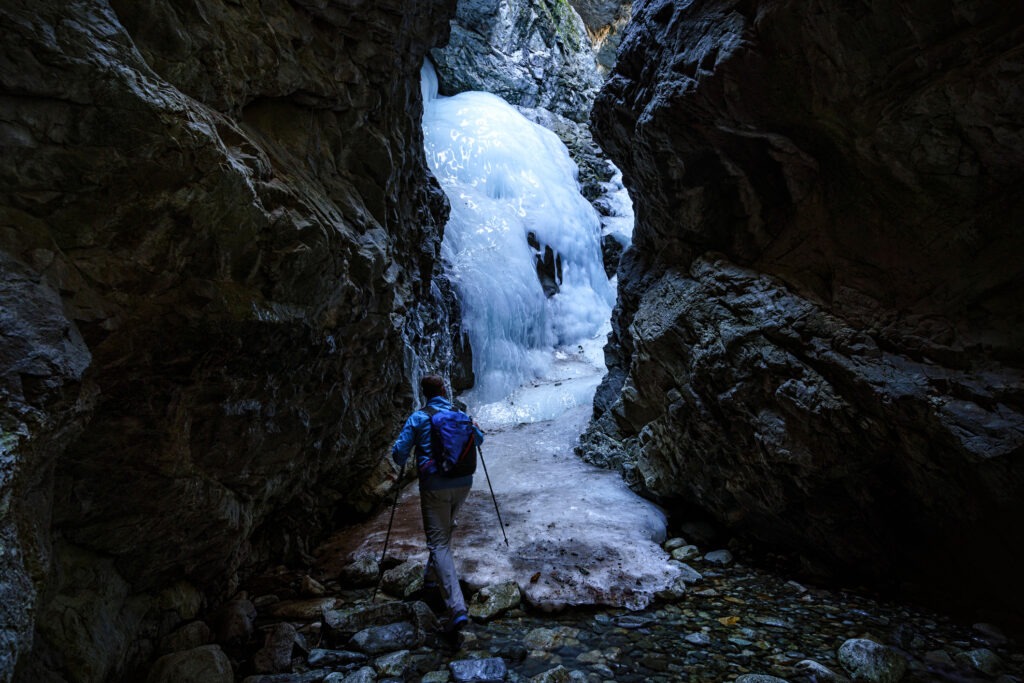
5. Stargazing in the Dark Sky Park
Great Sand Dunes National Park is a certified International Dark Sky Park, meaning it has some of the clearest night skies in the country. On a clear night, you’ll see thousands of stars, the Milky Way, and even meteor showers. If you are brave enough, you can also camp on the dunes! Make sure to check in with the visitor’s center to familiarize yourself with the rules and regulations.
👉 Best spots for stargazing:
- The Dunes Parking Area – Offers wide-open views and an easy place to set up a blanket or telescope.
- Mosca Pass Trailhead – A quieter option with minimal light pollution.
- Medano Creek – Reflects the stars for a magical experience.
👉 Best times to stargaze: Late summer and fall provide long, dark nights with incredible visibility.
Additional Tips for Visiting Great Sand Dunes
- Bring plenty of water – The high elevation and dry conditions can lead to dehydration quickly.
- Protect your feet – Sand temperatures can reach 150°F in summer—wear closed-toe shoes or visit in the morning/evening.
- Watch the weather – Sudden thunderstorms can roll in, so keep an eye on the sky.
- Pack snacks and sun protection – There’s limited shade and few food options inside the park.
- Drive carefully on Medano Pass Primitive Road – If you’re exploring beyond the dunes, you’ll need a high-clearance 4WD vehicle for deep sand sections.
Why You Should Visit Great Sand Dunes National Park
If you’re looking for a truly unique adventure in Colorado, Great Sand Dunes National Park is the place to go. Whether you’re racing down dunes on a sandboard, cooling off in Medano Creek, or hiking to hidden waterfalls, this park offers something for everyone.
For those staying in Colorado Springs, this epic day trip (or weekend getaway) is well worth the drive. And if you’re seeking even more adventure, consider booking a guided outdoor experience with Broadmoor Outfitters to explore Colorado’s best hiking, biking, and outdoor activities.
So, pack your gear, grab your camera, and get ready to experience one of Colorado’s greatest natural wonders!
